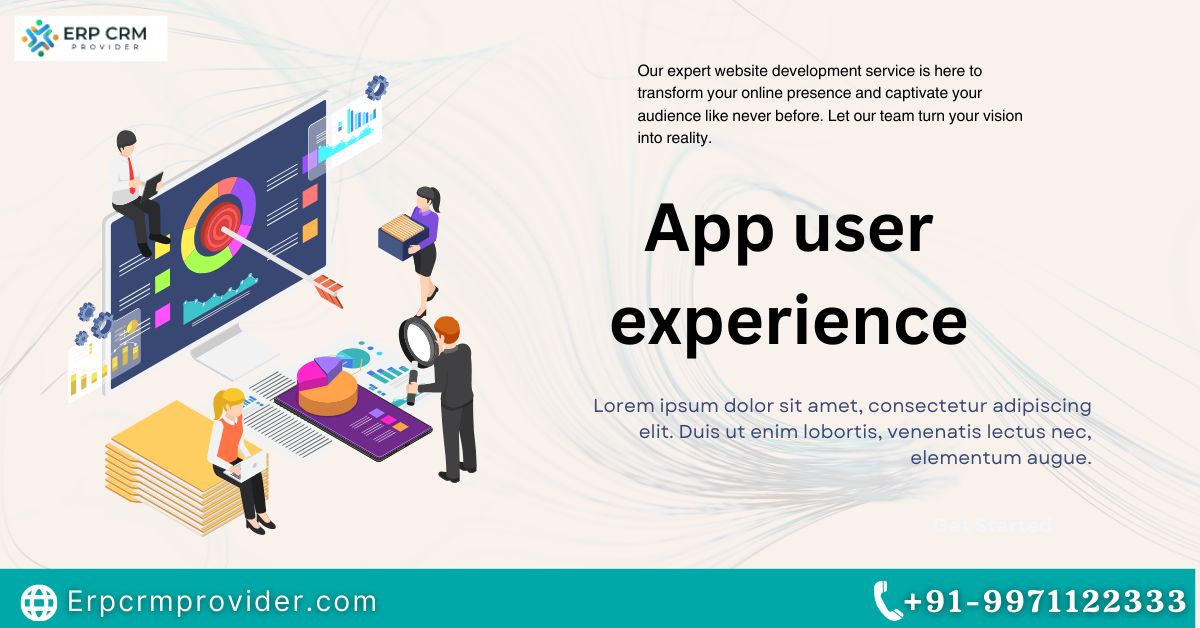In today’s world, developers must ensure that any application contains a good user experience (UX) to succeed. Designing and implementing a mobile application can be challenging, whether you are creating a new app from scratch or polishing and evolving an existing one. You can sum up the attributes that define a good and effective mobile application with a single word: usability.
This blog delves into the essential components that define a good app user experience as well as the role of design when it comes to engagement and churn.
Some many factors of user experience
1. Simplicity is Key
Since simplicity is one of the key factors for users while interacting with an application, it remains one of the priorities of the app User experience design. Most app user experience do not like to use complicated applications, thus they prefer to use application that are easy to use. Complexity of the layout or navigation or even the given functions or features will definitely make the users give up on the app. Ideally, the critical navigation interfaces – the principal panels of the application – restrict themselves to a handful of the most important functions with the rest of the options available in well-marked sub-views or as part of drop-down menus. People should enjoy as few obstacles as possible in a system that governs every move and task a user wants to accomplish.
2. Onboarding Experience
To determine the type of impression that is created by an app user experience, the onboarding process must always be very smooth. The application’s onboarding should therefore lead the user through the most basic interactions of the application to avoid giving them a mountain to climb with too much information at once. It is during this phase that users are created and introduced to the value of the application, given directions, and shown how the’app” can solve their problems.
3. Performance and Speed
All beautifully designed app user experience will be worthless if they are slow or tend to freeze and crash. User experience is still a major priority, and performance optimization is crucial for delivering it. This means that the mobile app user experience should load first, not freeze or have much downtime for the user to wait. Specifically, performance has become an important expectancy of users today where they expect application to be very respond. Users are willing to delete the app if they observe that it becomes unresponsive, has lengthy rates of response, or is full of crashes.

4. Personalization
Yet another feature of optimizing the use of apps is one’s personalization. People demand to listen or see that an application has been designed for them with keen interest. This can be made by setting the variable values, recommendation of content, or notifications that will be preferred by the user. Results of personalized app user experiences are not only in recognition and loyalty, as users are more attentive to related content than others.
Nowadays, streaming applications can be a good example of how personalization will attract a user. These platforms employ user behavioral patterns search and recommendation programs that entice users always to seek more of their suggestions.
5. Accessibility and Inclusivity
Designers often ignore web accessibility, one of the most important areas in website design. A great app user experience means that everyone including the disabled can use the application with ease. This means creating things such as text which read aloud, change the size of the font as well as the color for the benefit of those with sight problems. Integrated design approach also proves that an application can value each user, thereby making it possible to appeal to the largest and most loyal figure of users company.
Conclusion
App experience design does not solely entail beautiful graphic design but design that amounts to a good experience involves the understanding and application of simplicity, performance, usability, customization and accessibility. App user experience where the main focus is given to the concept of Apps with optimized design and performance attract more users and stand out among competitors.uld users require higher levels of interaction with their applications than in the past, app designers should remember that improving the usability of an application can be the way to make an application become popular in the long term.



